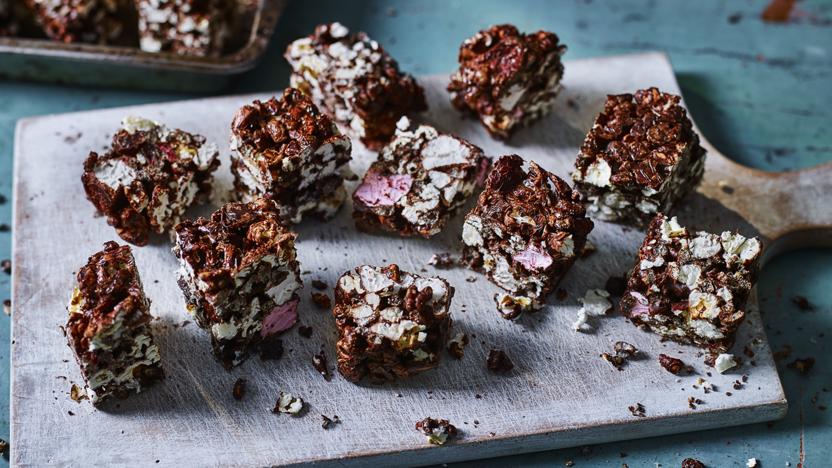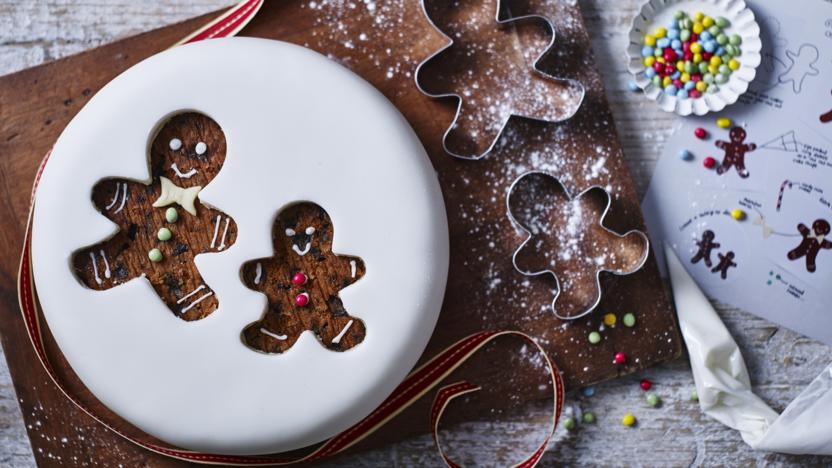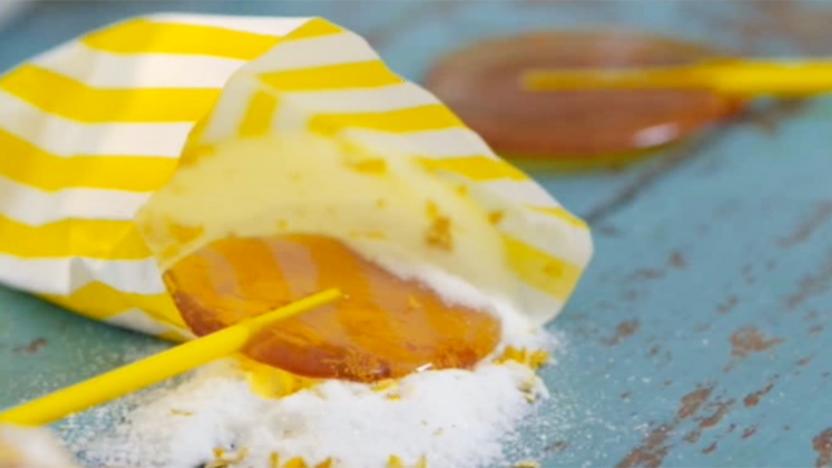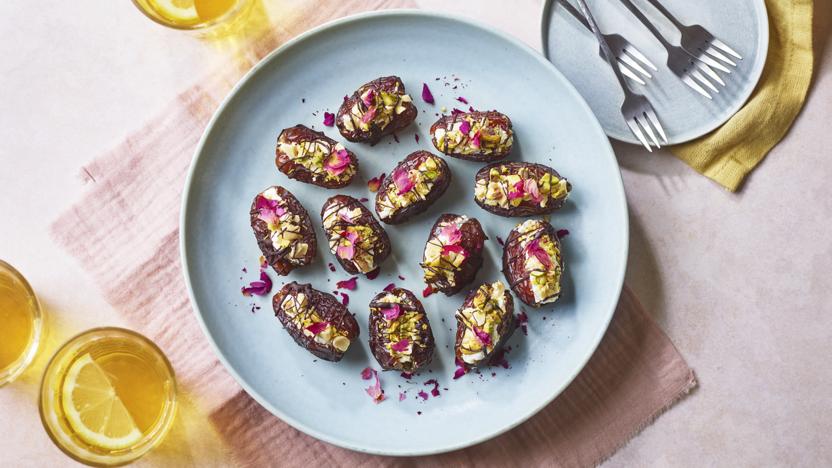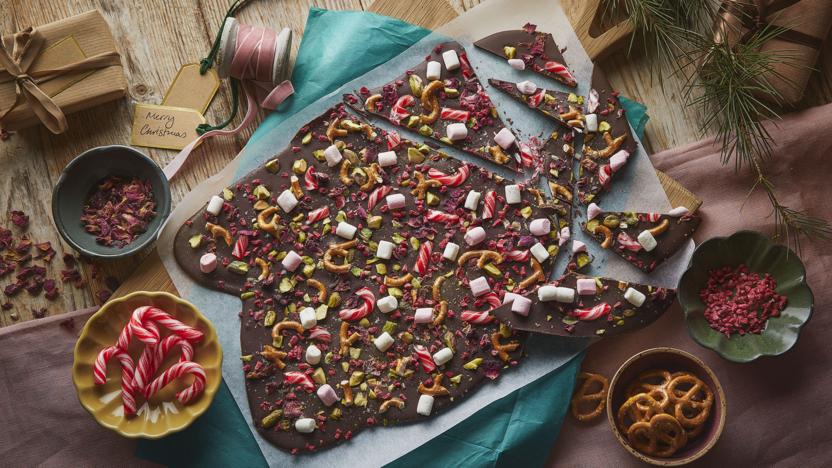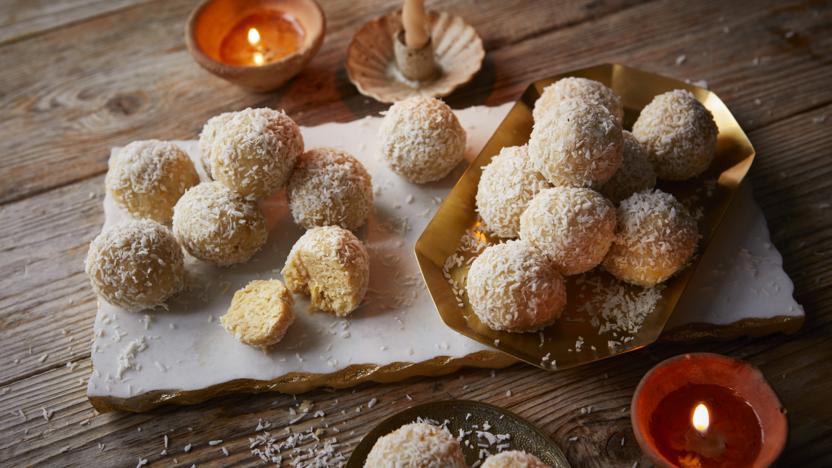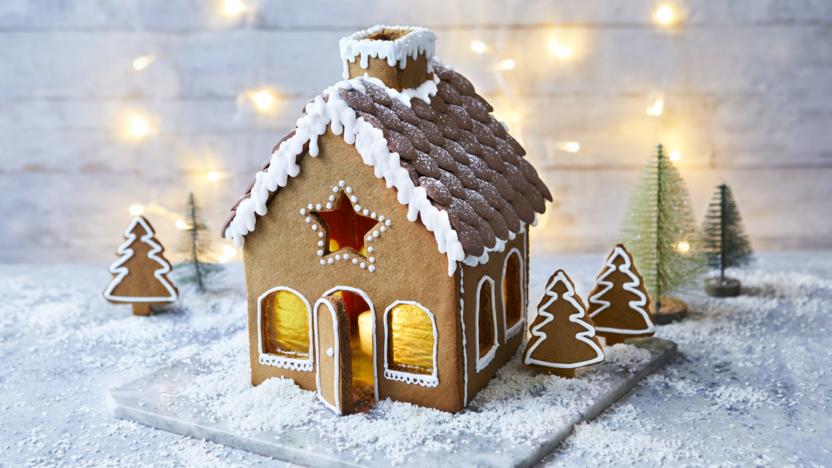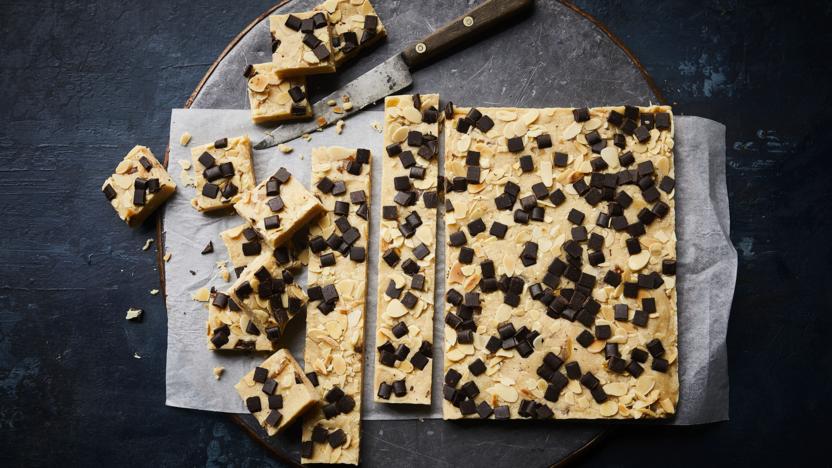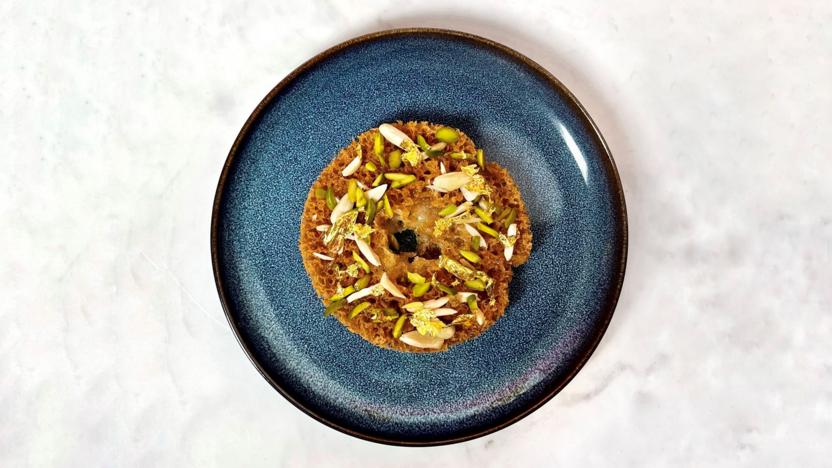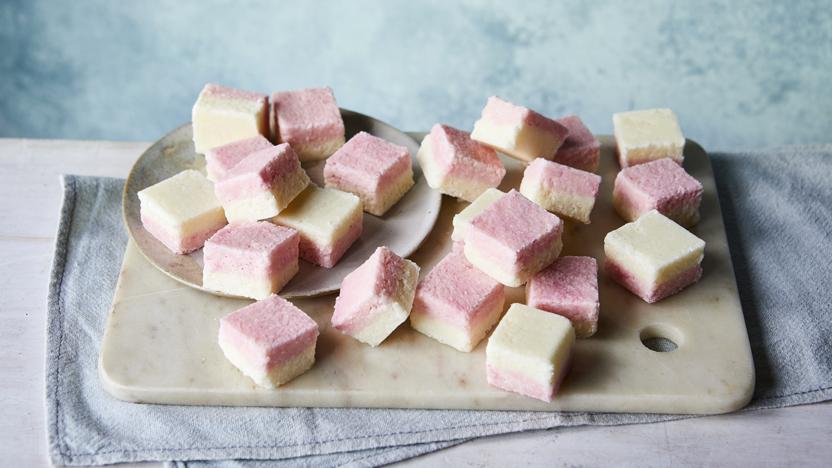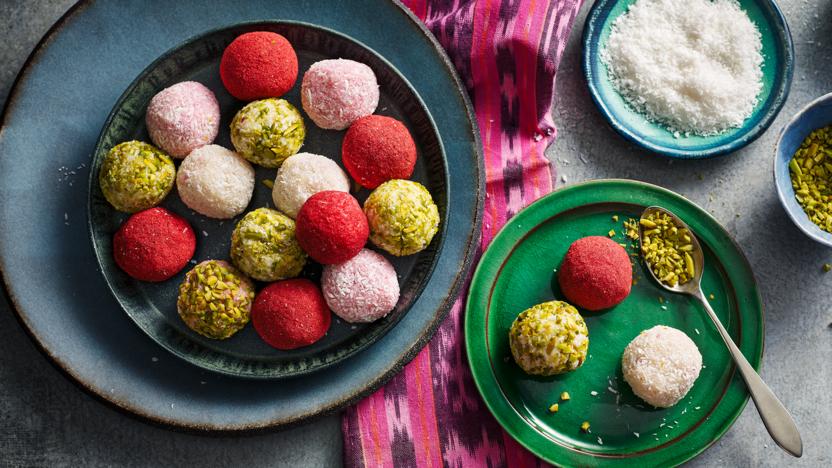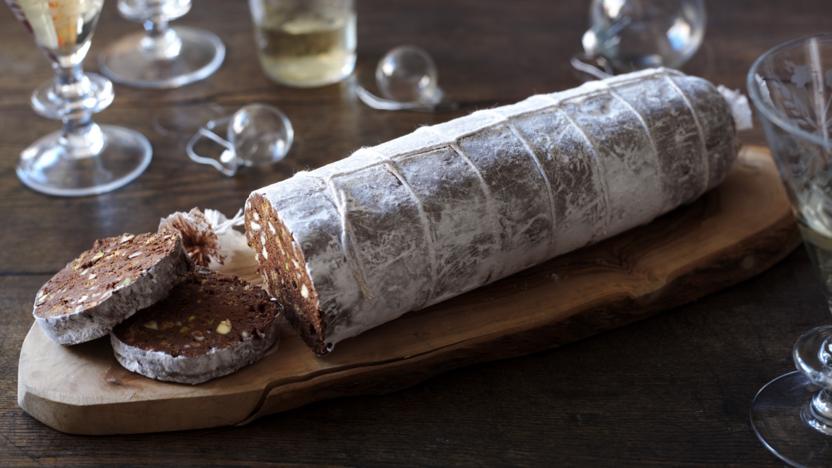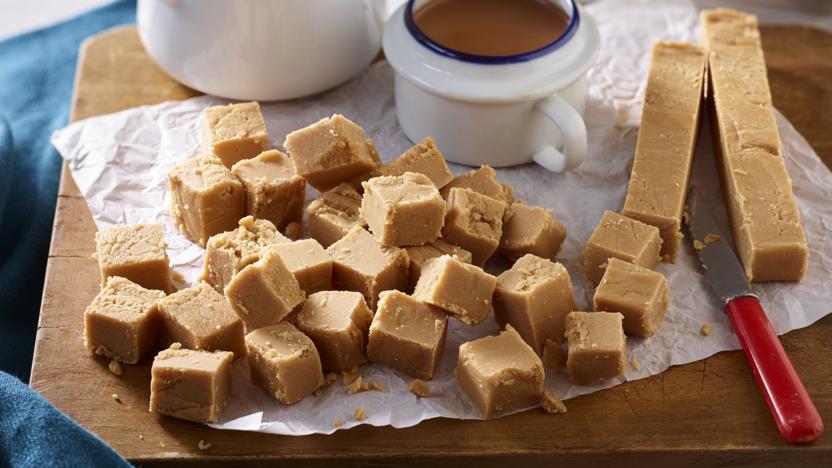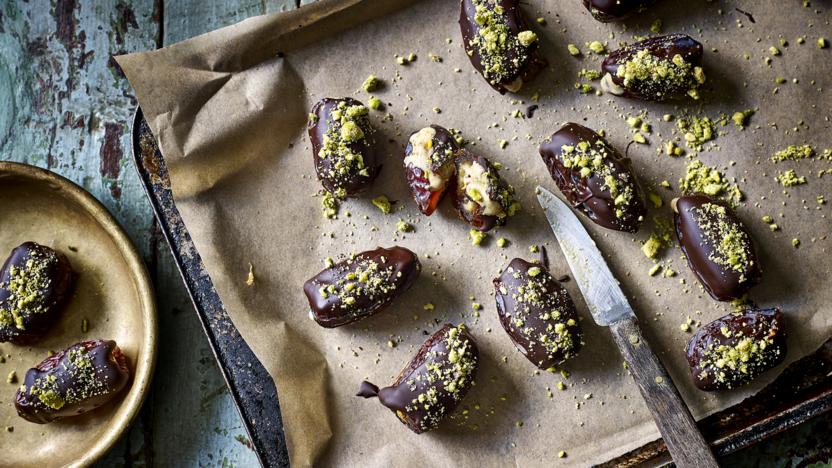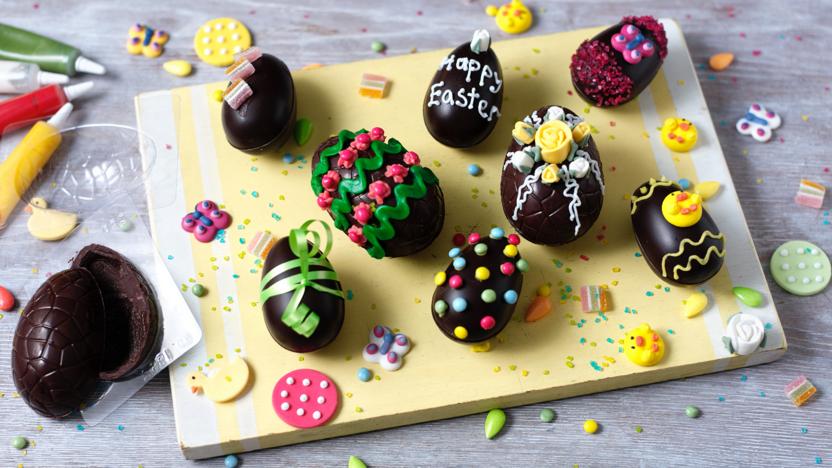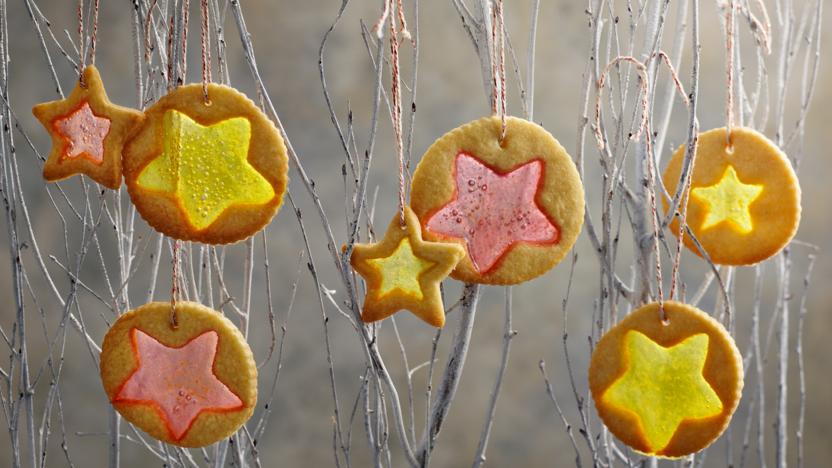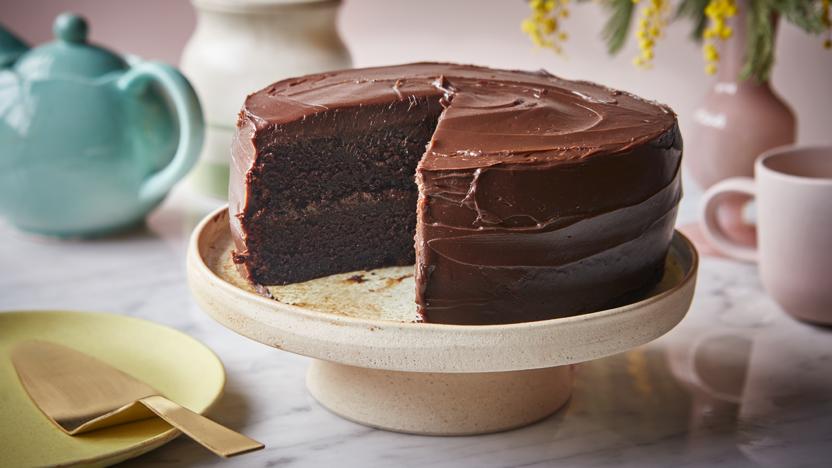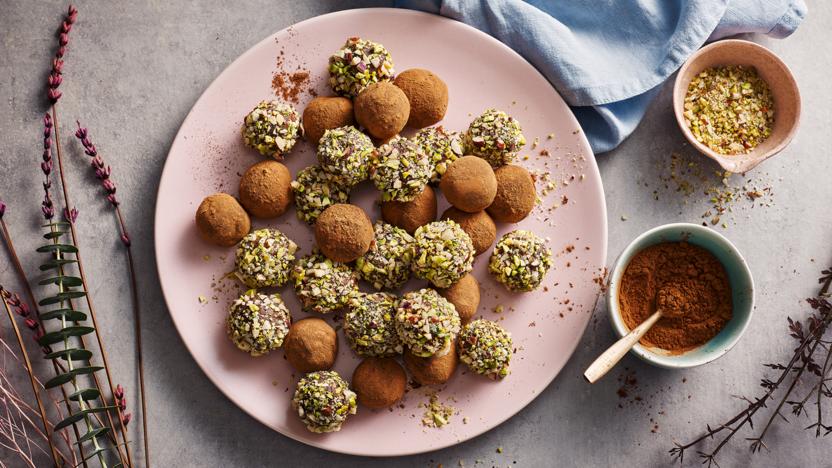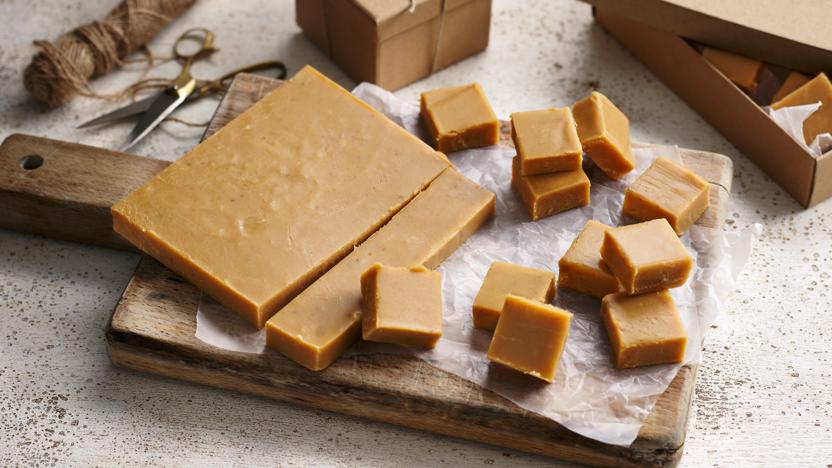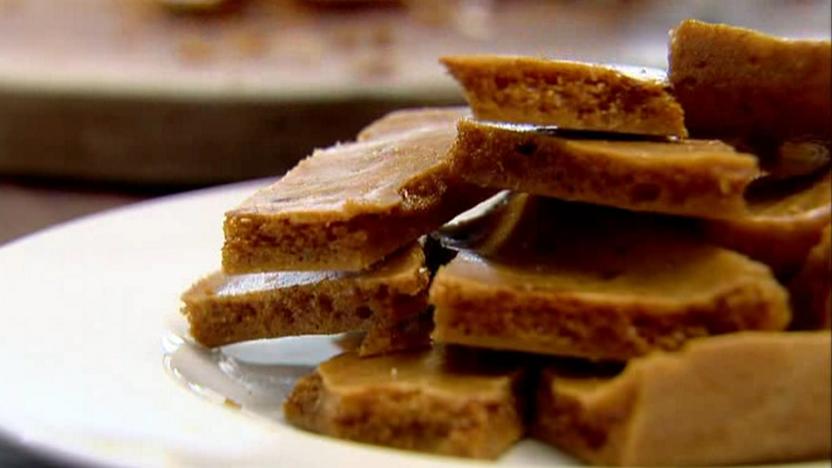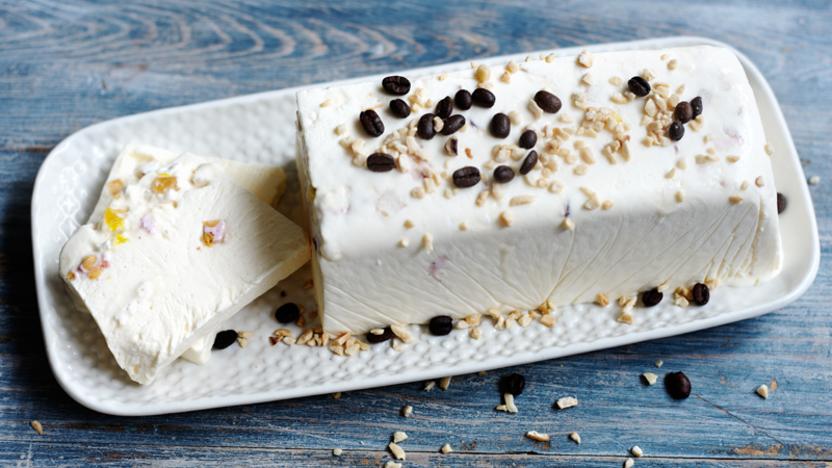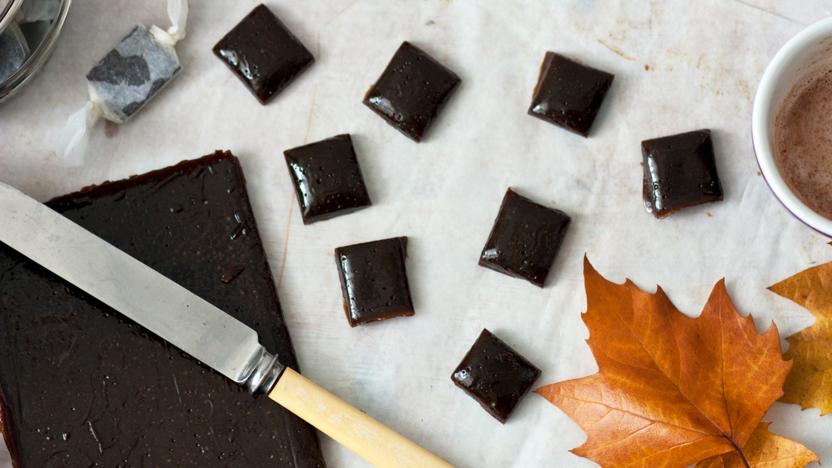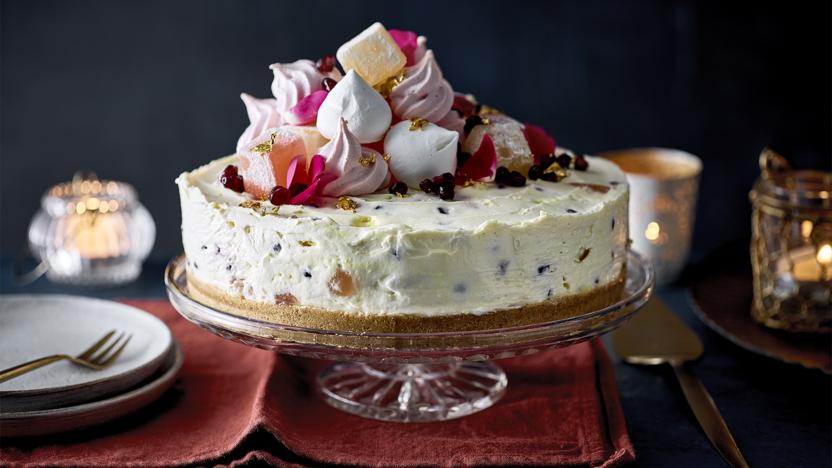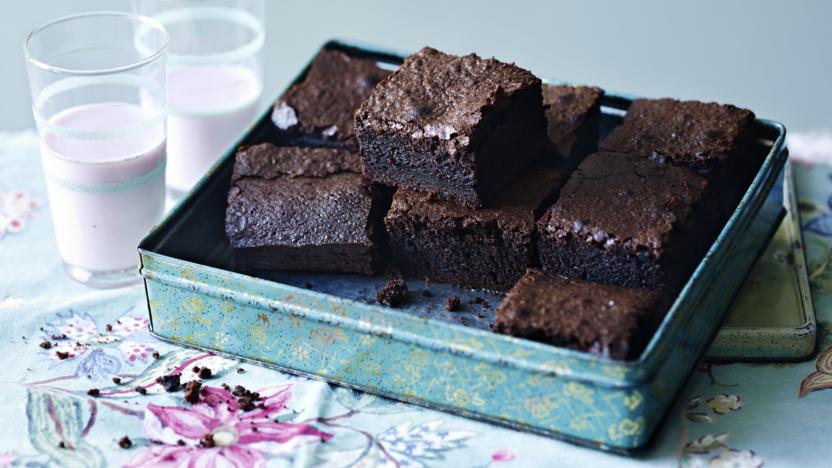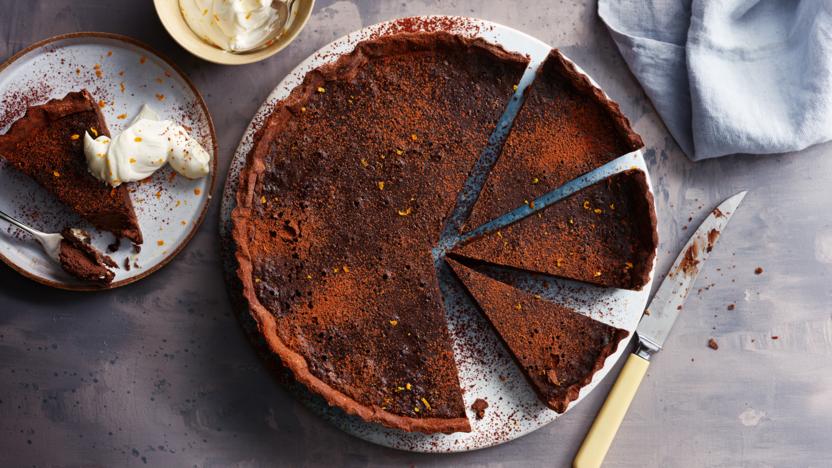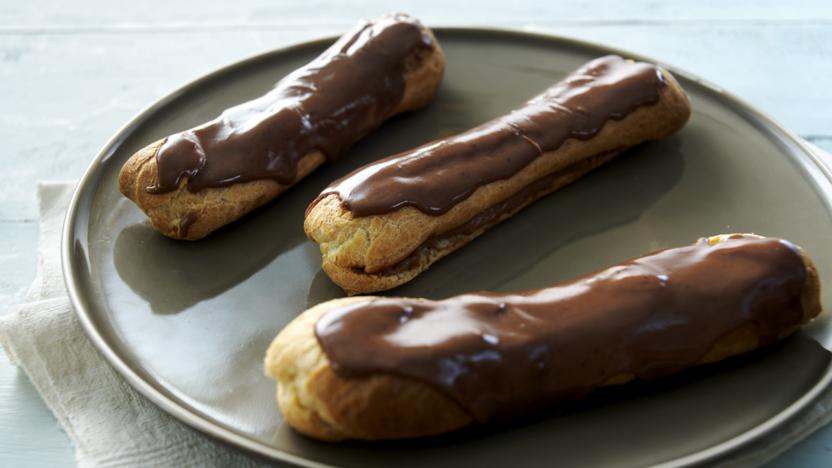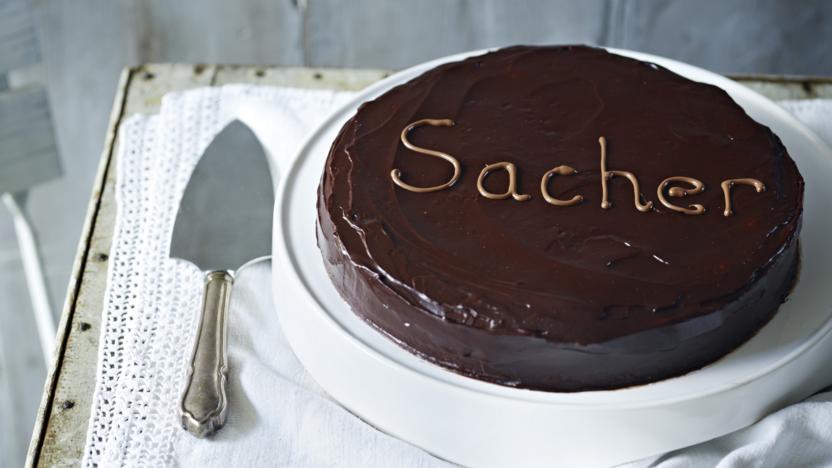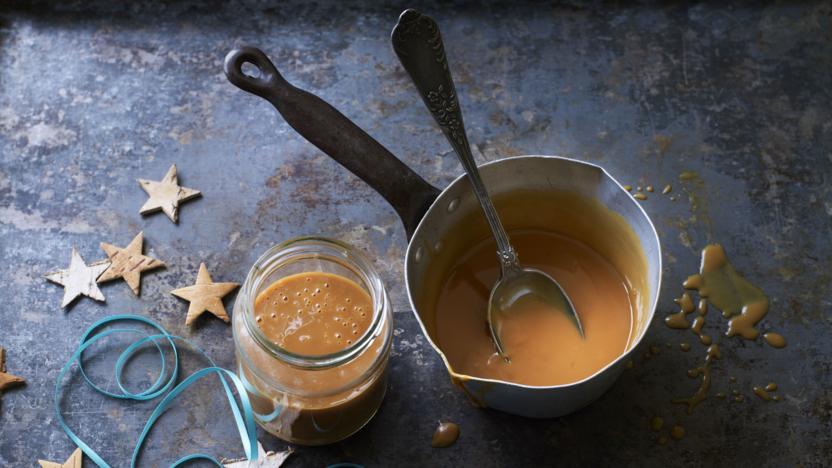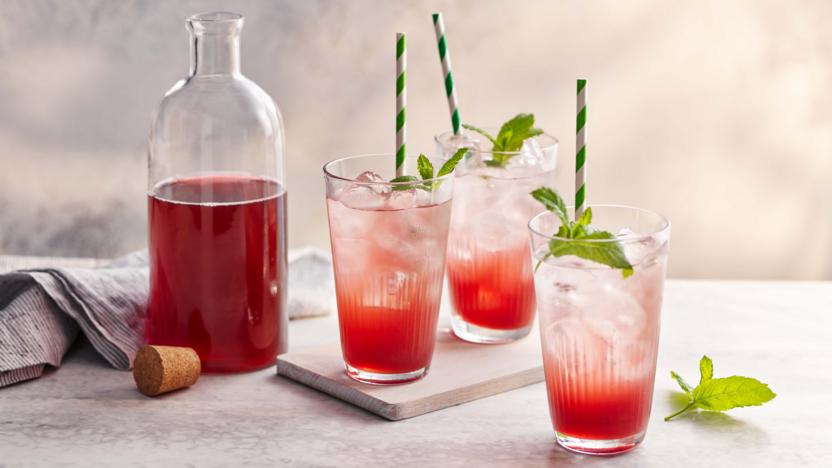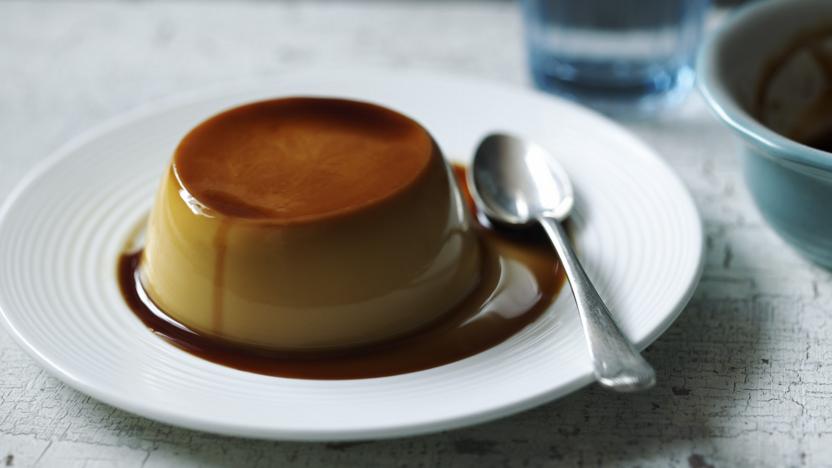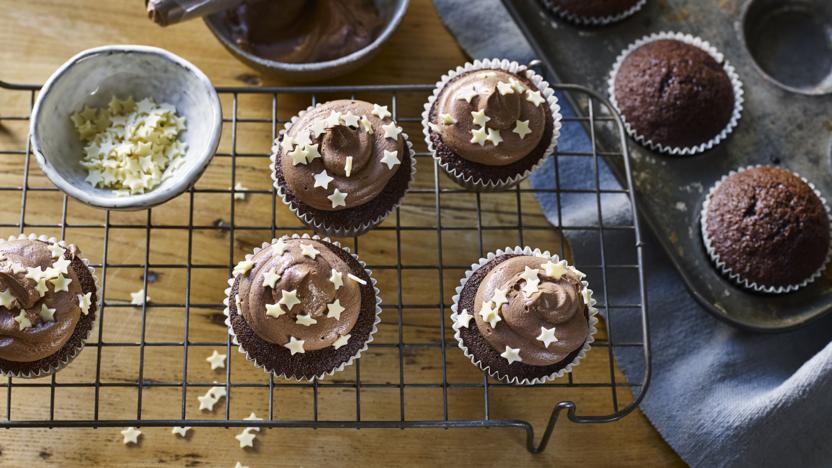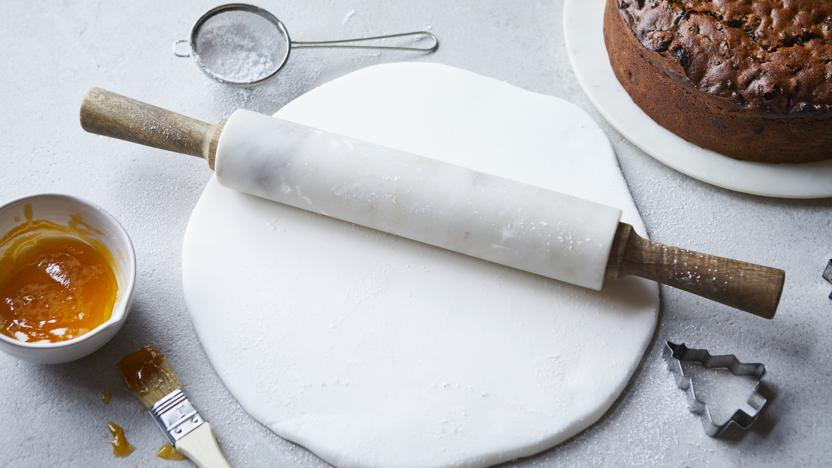Sweets recipes
Making your own chocolates and sweets is so tempting - whether for bespoke homemade gifts or just for the challenge. Some confectionery can require special equipment and a calm, precise approach, but we've got easy sweets recipes for beginners to get you started. Try our chocolate truffles, baklava, easy toffee apples or cinder toffee before moving on to more advanced techniques.
Tom Kerridge's chocolate popcorn bars are a revelation. Make a batch to share with friends or colleagues. The bars will keep for up to a week in the fridge.
Each serving provides 90 kcal, 1g protein, 13g carbohydrates (of which 9.5g sugars), 3.5g fat (of which 2g saturates), 0.5g fibre and trace salt.
More sweets recipes
Buyer's guide
Caster sugar is usually specified for confectionery recipes, and for good reason – substituting granulated or icing sugar can have a detrimental effect on the final product.
When cooking with chocolate, it’s worth seeking out high-quality brands, which have a higher cocoa butter content, as these melt better.
Storage
The shelf-life of confectionery varies. Boiled sweets, such as lollipops, can last from a few months to several weeks if kept in a cool, dry place in their original wrapping. Chocolate, fudge or other milk-based confections have far shorter shelf-lives, ranging from a matter of days to few weeks depending on whether they’re homemade or contain preservatives and other stabilisers. Most confectionery benefits from being stored in airtight containers at room temperature.
Preparation
Recipes for boiled sweets require an accurate sugar thermometer, as variations in temperature will affect the texture and appearance of the sweet. Follow the instructions for heating the sugar carefully: never leave it unattended and make sure you’re heating the sugar to the correct stage for the recipe. For example, at 112-115C/234-240F, the sugar is at the ‘soft ball’ stage and is suitable for making fudge or other soft sweets; at 146-154C/295-310F the sugar has reached the ‘hard crack’ stage, when it can be used for firmer confections such as toffee. Some experienced cooks judge the stage of their sugar syrup by dropping a small spoonful of the syrup into a glass of ice-cold water – the texture the sugar acquires when it sets indicates which stage it’s reached.
In confectionery recipes, chocolate often needs to be melted. Try not to overheat it as you melt it or it will split and become grainy – use a thermometer to make sure the chocolate’s temperature does not exceed 115C/239F and remove it from the heat as soon as it’s melted.
